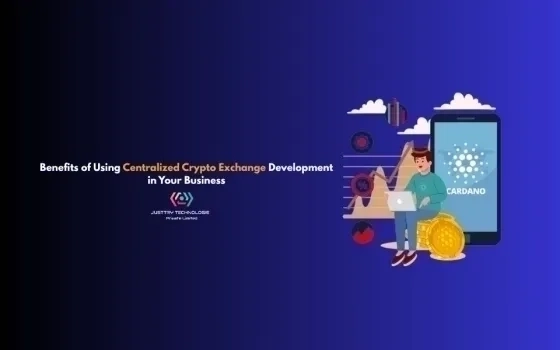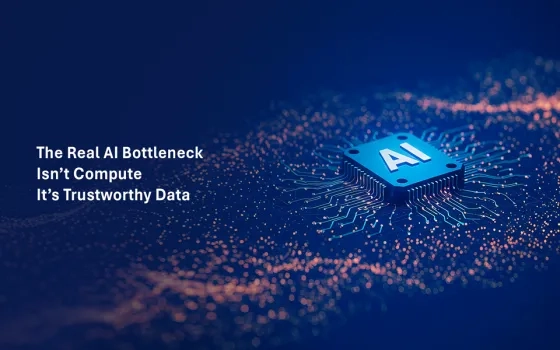CDOs are in the crosshairs of conflicting priorities - ‘Manage the data’ agenda and ‘Grow the business’ agenda, raking up too many expectations from just one person.
Ben Horowitz illustrated in his book, The Hard Thing About Hard Things, that there is no recipe for starting a business from scratch; there’s no recipe for creating path-breaking differentiators, and there is no recipe for establishing consistent competitive advantage. The hard thing about hard things is that no specific formula exists for dealing with all the parameters with opposing forces at play.
The philosophy resonates well with CDOs. As data grows exponentially in volume, variety, and complexity, spurred on by technology-led innovations, CDOs are forced to accomplish two contrasting objectives:
- establish, manage, and govern a robust data foundation;
- leverage data to generate business value.
The CDO role gained traction in the aftermath of the global financial crisis. This event underlined the need for a C-suite executive to manage, govern, own, and account for enterprise data assets – someone with a harmonized understanding of the core business processes, products, customers, compliance, reporting, and data infrastructure capabilities, including security. We can term these mandates as “defense” or “control” objectives.
Today, the CDO’s responsibilities have evolved to equip the organization with a core set of capabilities to sense and respond to hyper-dynamic business and technology ecosystems, including modernization, monetization, and change management. We can term these mandates as “offense” or “growth” objectives.
These contrasting objectives and the nature of CDO evolution have prompted the CDO roles globally to traverse a ‘lessons learned, and scars earned’ maturity journey. Concurrently, a slightly concerning stat is emerging: - an unusually high turnover rate among CDOs, with only a few retained above 24 months”.
A key driver of this high turnover is the multifaceted and amorphous scope of the role. An HBR article by Tom Davenport and Randy Bean very succinctly argued that today CDOs typically have multiple objectives, often with little consensus about their priority. Achieving these objectives may require diverse expertise and skills.
As evolving mandates for the CDO go, this is the hard thing about hard things. It’s difficult for one person to gather the competency and experience spanning business process familiarity, technology thought leadership, architecture know-how, talent magnetism to build high-performance teams, and drive change management throughout to reap the long-term benefits.
The Daily Grinds
Many companies underestimate the massive effort and collaboration required to derive value from data while the CDOs combat daily challenges across three discrete, interrelated dimensions - business, technology, and people.
Let’s take a closer look at each.
Business challenges:
- Balancing enterprise and business unit goals for data-as-a-service;
- Complying with the intensive, demanding regulations around data privacy, security, availability, and quality;
- Establishing meaningful metrics to monitor data management investments and report data effectiveness and business value generation;
- Tying technology-business strategies to deliver on SMART goals as change accelerates;
- Delivering positive incremental results to justify investments and fortify stakeholder support and funding.
Technology challenges:
- Outpacing accelerating technology modernization while remedying legacy systems’ complexity and limitations;
- Managing the data operations and provisioning for the business data demands from diverse users while managing the increasing data volumes, varieties, and veracity;
- Defining a future-ready technology roadmap leveraging emerging technologies and MVPs to help business and IT stakeholders perceive the long-term ROI from modernization investments;
- Bridging the CIO’s and CTO’s agendas with a shared vision and prioritizing projects, programs, and people to achieve them.
Organizational challenges:
- Educating decision-makers about the CDO’s actual role, value, and challenges;
- Building trust and effectively resolving data ownership conflicts, as departments hesitate to relinquish control of their data;
- Elevating data literacy in the organization and socializing data-led successes
- Hiring and building multifaceted teams that harmonize data, technology, business skills, thought leadership, and storytelling to drive the CDO change agent agenda.
Defining what an organization expects of its CDO and aligning capabilities with expectations is crucial to sustainable CDO tenures.
CDO Best Practices to Fulfil Conflicting Objectives:
-
The CDO Should Be a True C-Level Executive
Positioning CDOs as C-level executives is crucial. As data is supposedly ‘owned’ by the business rather than IT, CDOs are often handicapped in the hierarchy, are made to report to the CIO/CTO/CFO/CMO, and are branded purely as technology leaders.
The CDO should be empowered to positively influence the defense and offense play, consistently emphasizing data as a business priority. She/he should be equipped to drive business-IT KPI alignment via direct reporting to the CEO, subject to the organization’s context.
To build a case for this, CDOs must market themselves to the:
- Boardroom: Building conviction through governance and growth value propositions and outlining organizational preparedness for compliance.
- Functional Leadership: Educating them on how data and insights will enable business growth with sustained market differentiation while collaborating to drive data literacy.
- End-User Communities: Developing trust to convert them into advocacy groups that socialize success stories.
-
Business-led Data-Driven Strategy
Business functions usually lack the means to formulate a data-driven business value realization agenda; historically, CIO/CTO functions have de-facto dictated the data strategies. Consequently, roadmaps inclined towards technology modernization marketed as business enablers, often failing to meet business expectations. The evolving CDO mandate leans more towards business value creation, so the CIO/CTO must bring the CDO into the loop to collaborate on a cross-functional charter that clearly defines priorities, measurement criteria, and outcomes.
CDOs must understand investment synergies across short- and long-term initiatives. As business stakeholders are biased towards short-term gains, it falls on the CDOs to establish regular cadences about short-term achievements while drawing a clear roadmap for long-term initiatives to further the data-driven agenda. CDOs must draw rationally from both legacy and modern technologies to ensure inclusivity and future readiness. While this is tough, buy-in from business stakeholders will ensure goal accomplishment without affecting business continuity and stability.
-
Be a Change Agent and Emphasize on Data Literacy
As organizations prioritize technology over people who drive it, they underplay the importance of data literacy in driving business-IT collaboration. Significant efforts must be devoted to improving the data literacy index: organization’s data, how to access it, data management and enrichment, data monetization, transparency, data-driven success stories, and data value delivery.
The CDO, with C-suite support, must often communicate and reinforce the strategic importance of data to the workforce. CDOs must be strong storytellers and market data in a way that establishes risk/reward engagement models with the business and technology functions while managing expectations towards inevitable changes.
Accelerating the change agenda requires adding self-serve capabilities and infrastructure within the organization for deriving value from data.
-
Balancing Priorities: Data Management & Governance vs. Data for Business Growth
As discussed earlier, this is a fine line for CDOs. Data protection and data democratization to drive business value stand at odds. It’s essential to take both into account to ensure that neither the data infrastructure is overcomplicated nor does the business compromise on agility.
-
Manage Three Ps to Diffuse Territorial Issues
Priorities, projects, and programs—are the conflicting forces for CDOs. Without an overarching set of principles outlined by critical stakeholders, these opposing priorities often result in a confusing array of initiatives. To blend these three Ps properly, CDOs must build trust with business and IT communities. It requires understanding and appreciating their pain points, demonstrating the willingness to arrive at a middle-ground, facilitating open discussions on potential implications, and establishing the criteria for prioritization without putting the organization’s overall data-driven agenda at risk.
Author:

Soumendra Mohanty, Chief Strategy Officer of Tredence Inc.


































